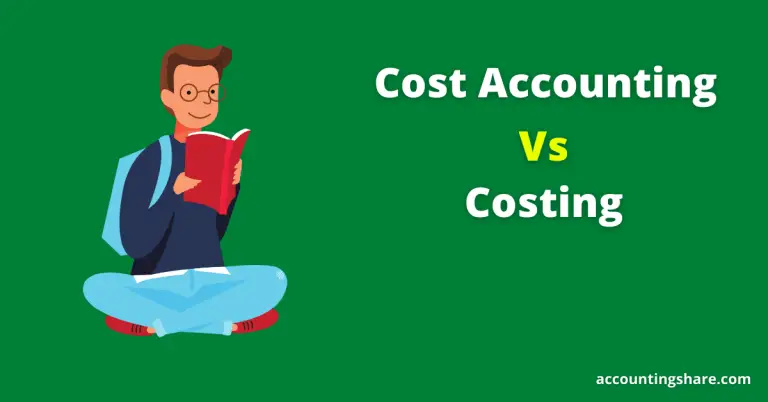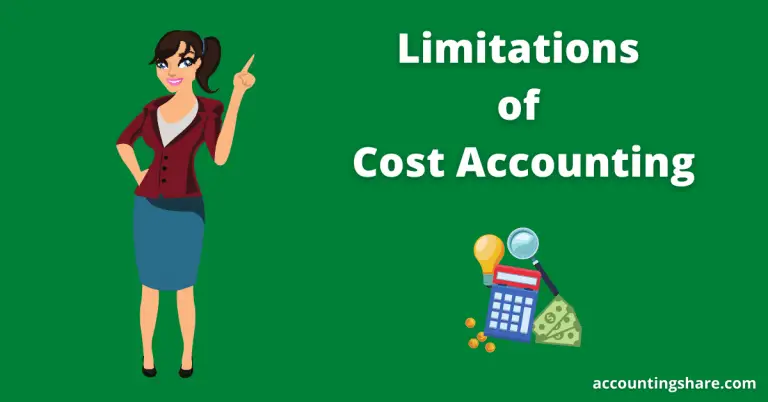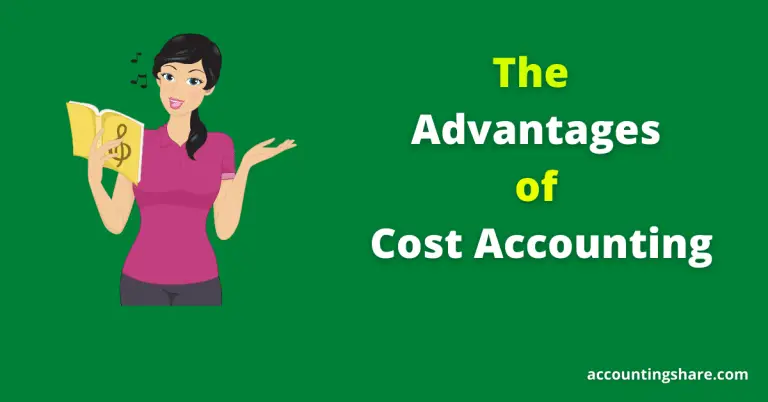Top 6 Costing Methods [Notes with PDF]
There are various types of costing methods. Different companies follow different types of costing methods to assess the cost of their products.
The business organization will follow the costing procedures; it depends on the quality of the output and the form of production.
The six (6) costing methods are as follows.
- Job Order Costing
- Process Costing
- Contract Costing
- Batch Costing
- Service or Operating Costing
- Multiple Costing
1.Job Order Costing:
The job order costing method allocates costs to separate, dramatically different output jobs. After that, the business determines the average cost for each task.
Business records the direct materials, labor, subcontract costs, manufacturing, and other direct costs for a typical job at their actual value. These are accrued before the completion of the job or batch.
Industries where there is no uniform product and each task or job order is different from the others are implementing job order costing.
Businesses whose production environment are Make-To-Order (MTO) uses this method of costing.
Industries use the job costing method to measure the costs of audit engagements, advisory tasks, advertising agency campaigns, shipbuilding, assembly of individual aircraft, etc.
2. Process Costing:
The company uses process costing methods to process masses of equivalent or related units of standardized homogeneous products or services.
The business determines the product or service’s unit cost in a process costing system by assigning total costs to several similar or related units.
Industries like food, chemicals, textiles, steel, rubber, sugar, fuel, etc., use this costing method.
3. Contract Costing:
Contract costing is the monitoring of costs associated with a customer’s particular contract. It is close to Job order costing.
However, Industries use contract costing where the job is comprehensive and dispersed over a long period.
Here, the company completed the job according to the customer’s requirements.
Industries use contract costing for construction-related works such as road, dam apartment, civil engineering contact, etc.
Here, each contract is treated as a separate cost unit for cost ascertainment.
4. Batch Costing:
Batch Costing is a collection of similar items. It is a manufacturing technique in which the item is created step by step over a series of workstations. Various batches of goods are generated.
Each batch is a cost unit that can be recognized separately, and a batch number is assigned in the same manner that a job number is assigned for each job. It is then possible to define costs against each batch number.
The company determines the unit cost of individual items in the batch after completing each set by dividing the total batch cost by the number of items in the batch.
Industries like bakeries, toys, sports shoes, manufacturing of pharmaceutical ingredients, etc., commonly use this costing method.
5. Service or Operating Costing:
Companies that provide services use the service or operating costing method to calculate the cost of delivering a service. Composite units such as passenger-kilometers and tone kilometers are used for cost calculation to assess these services’ cost.
All the costs incurred in the service are summed together in this method.
Companies identify the total cost divided by the total number of units of service provided at each unit’s cost.
Examples of using service or operating costing systems are organizations such as transportation, canteen, hospital, etc.
6. Multiple Costing:
Multiple costing is a combination of two or more types of costs mentioned above.
Companies use several assembled parts in making a product; different methods calculate various costs. Composite costing is another name for this method.
This costing method applies to industries with many different product components, such as motor vehicles, aircraft, computers, air conditioners, etc.
We can say from the various types of costing methods described above that what kind of costing methods an organization will use depends entirely on the type of product the organization produces. However, every company tries to use the best costing method in the industry.
You can also read:







